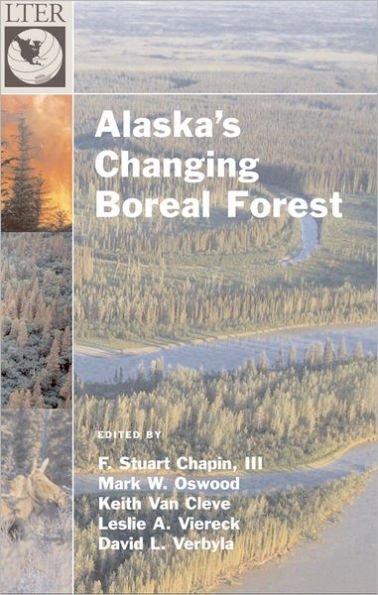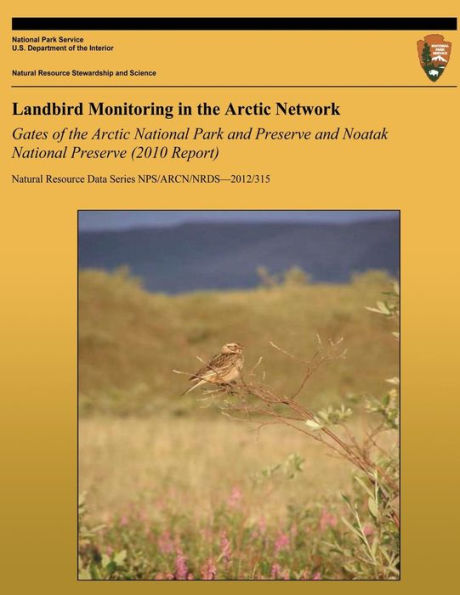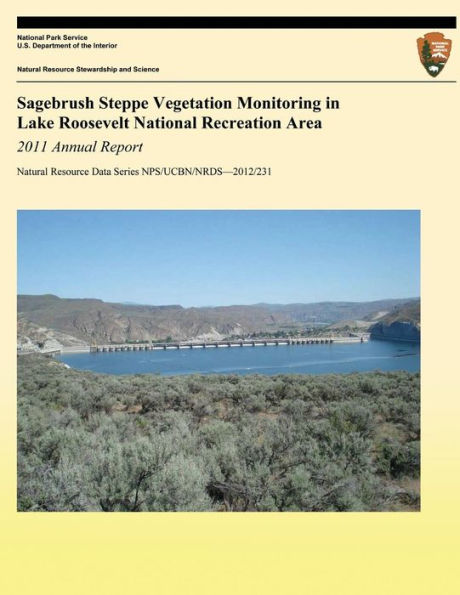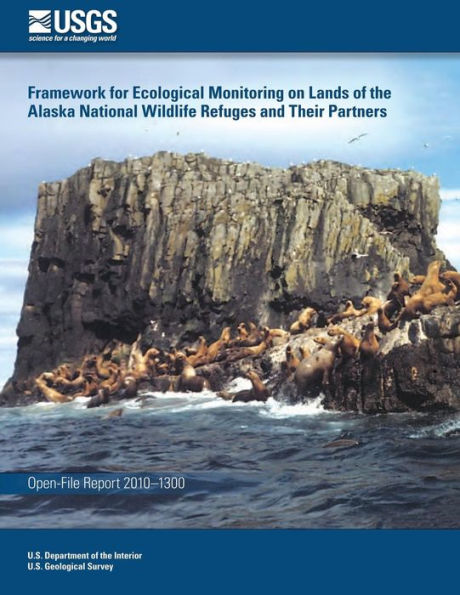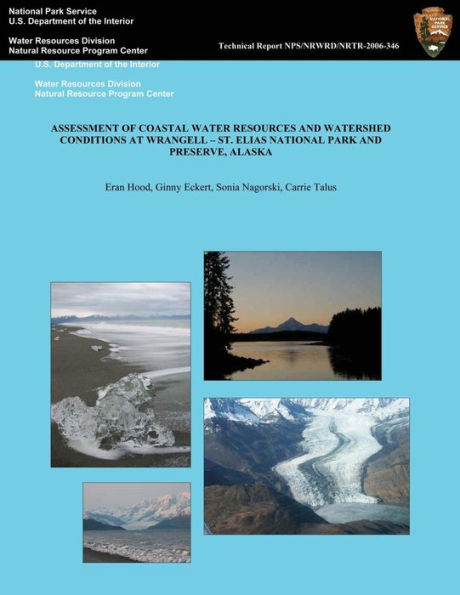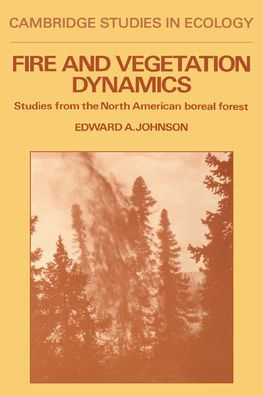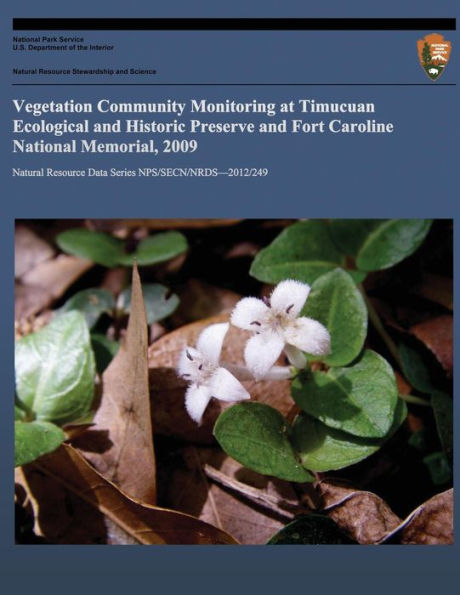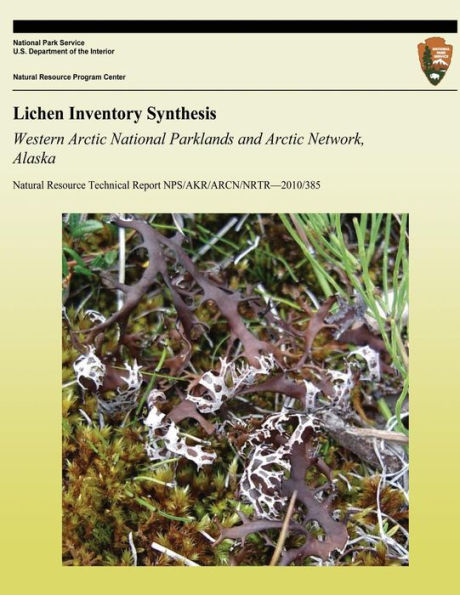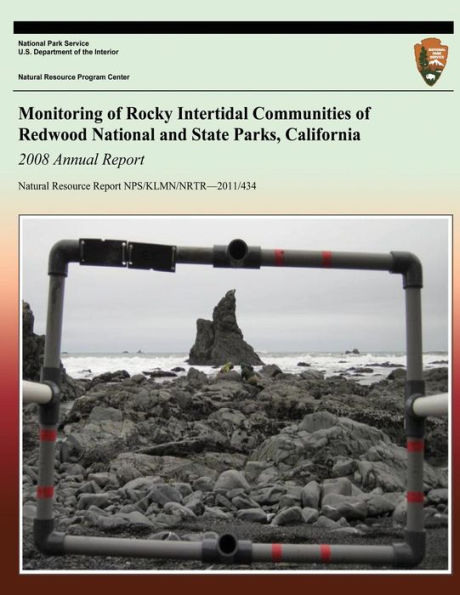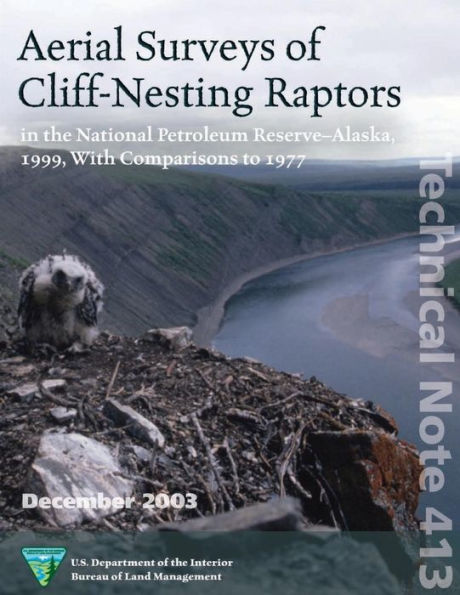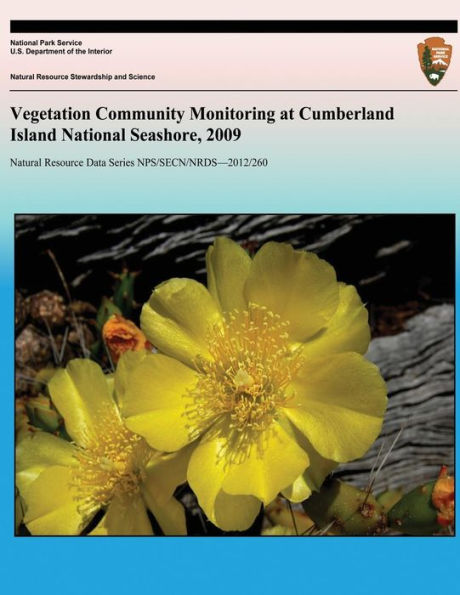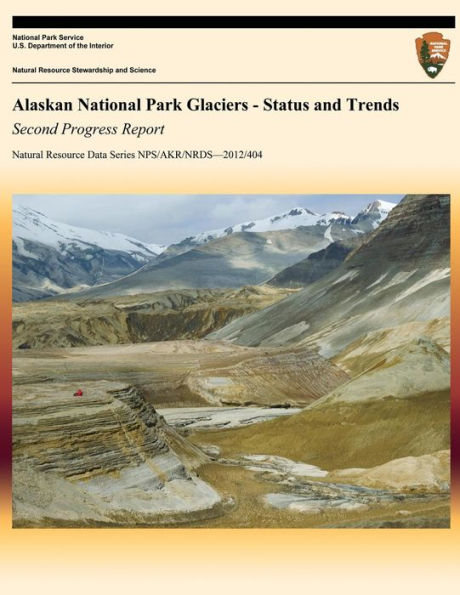Home
Long-term Monitoring of Vegetation Change Following Tundra Fires in Noatak National Preserve, Alaska


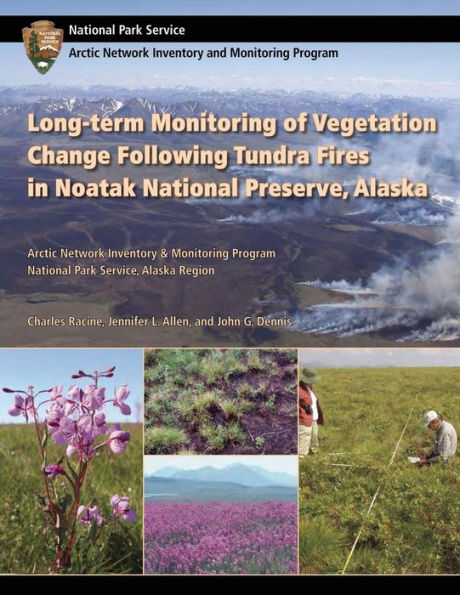
Long-term Monitoring of Vegetation Change Following Tundra Fires in Noatak National Preserve, Alaska
Current price: $14.99
Loading Inventory...
Size: OS
ire is an important driver of change at the local and landscape levels in the tundra ecosystems of Noatak National Preserve. In July 2005, with support from the National Park Service Arctic Network Inventory and Monitoring program, we relocated and remeasured fire plots established in 1981-82 at eight sites in Noatak National Preserve to evaluate the long-term (25 to 30 years) effects of tundra wildfire on vegetation and permafrost. The tussock-shrub and shrub tundra sites originally established by Racine and Dennis included one site burned in 1972, four sites burned in 1977, one site burned in 1982, and two unburned control sites. Stakes placed in the ground in 1981-82 to mark sample plots were relocated at four of the eight sites. At the remaining sites we used photos and field notes to relocate plots as close to the original as possible. Visual cover estimates were made for each species in each 1 m x 1 m plot (10 per site). Thaw depths were measured at five points in each plot. To provide for future monitoring, all sites were restaked and GPS coordinates obtained. Our experience relocating and remeasuring plots established 23 to 24 years ago indicates that these plots are valuable tools for assessing fire disturbance on tundra ecosystems.
